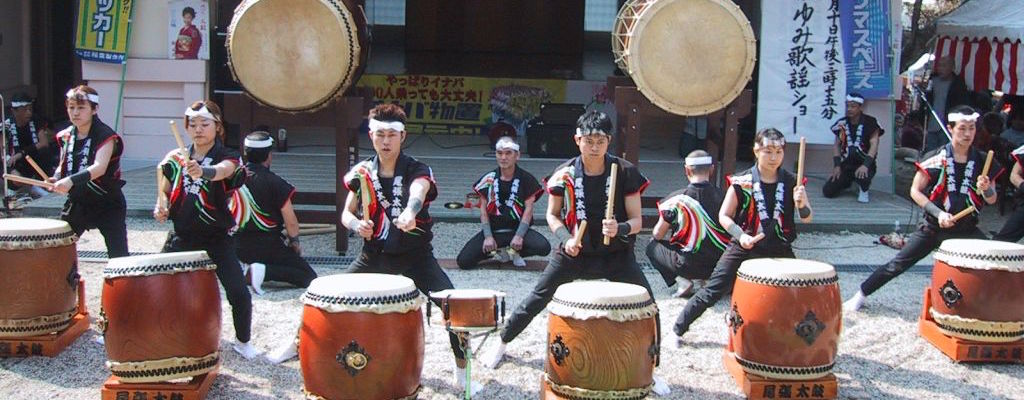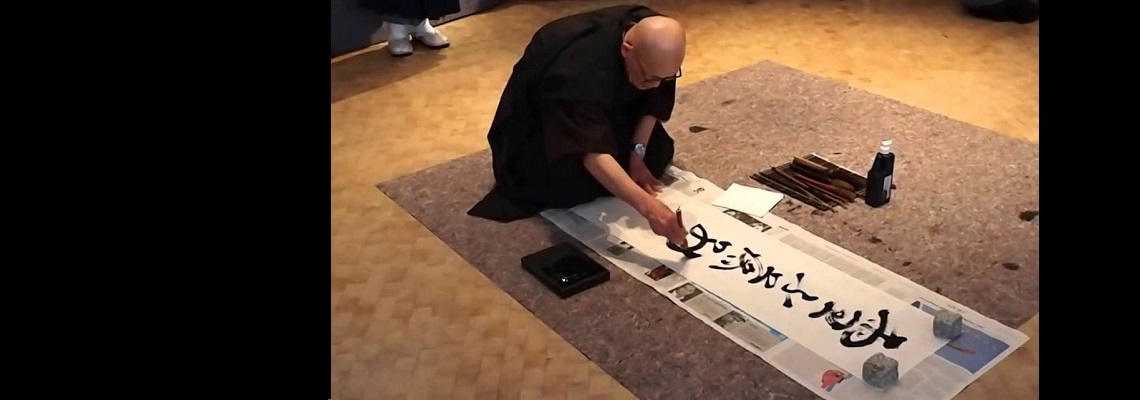Culture of Japan
The culture of Japan has changed greatly over the millennia, from the country’s prehistoric Jōmon Period, to its contemporary modern culture, which absorbs influences from Asia and other regions of the world.[1]
Japan’s indigenous culture originates primarily from the Yayoi people who settled in Japan between 1000 BCE and 300 CE. Yayoi culture spread to the main island of Honshū, mixing with the native Jōmon culture.[2] Modern Japanese have an estimated 80% Yayoi and 20% Jōmon ancestry.[3]
Japanese culture was influenced from ancient times to the Middle Ages primarily by multiple Chinese dynasties and to a lesser extent by other Asian countries. For example, one of the scripts for writing in the Japanese language is Chinese characters (kanji), but Japanese has no genetic relationship with Chinese.[4] Since the Meiji period Japan has been primarily influenced by western countries.
The inhabitants of Japan experienced a long period of relative isolation from the outside world for over 220 years during the Tokugawa shogunate until the arrival of the “Black Ships” and the Meiji period. Today, the culture of Japan stands as one of the most influential cultures around the world, mainly because of the global reach of its popular culture.[5][6] In 2020, U.S. News & World Report ranked Japan’s cultural influence as the highest in Asia.[7]
Source: Culture of Japan – Wikipedia

Taiko drums
Taiko (太鼓) are a broad range of Japanese percussion instruments. In Japanese, the term refers to any kind of drum, but outside Japan, it is used specifically to refer to…Read more
Continue reading "Taiko drums"
Shodo – Japanese calligraphy
Japanese calligraphy (書道, shodō) also called shūji (習字) is a form of calligraphy, or artistic writing, of the Japanese language. For a long time, the most esteemed calligrapher in Japan had been Wang Xizhi, a Chinese…Read more
Continue reading "Shodo – Japanese calligraphy"